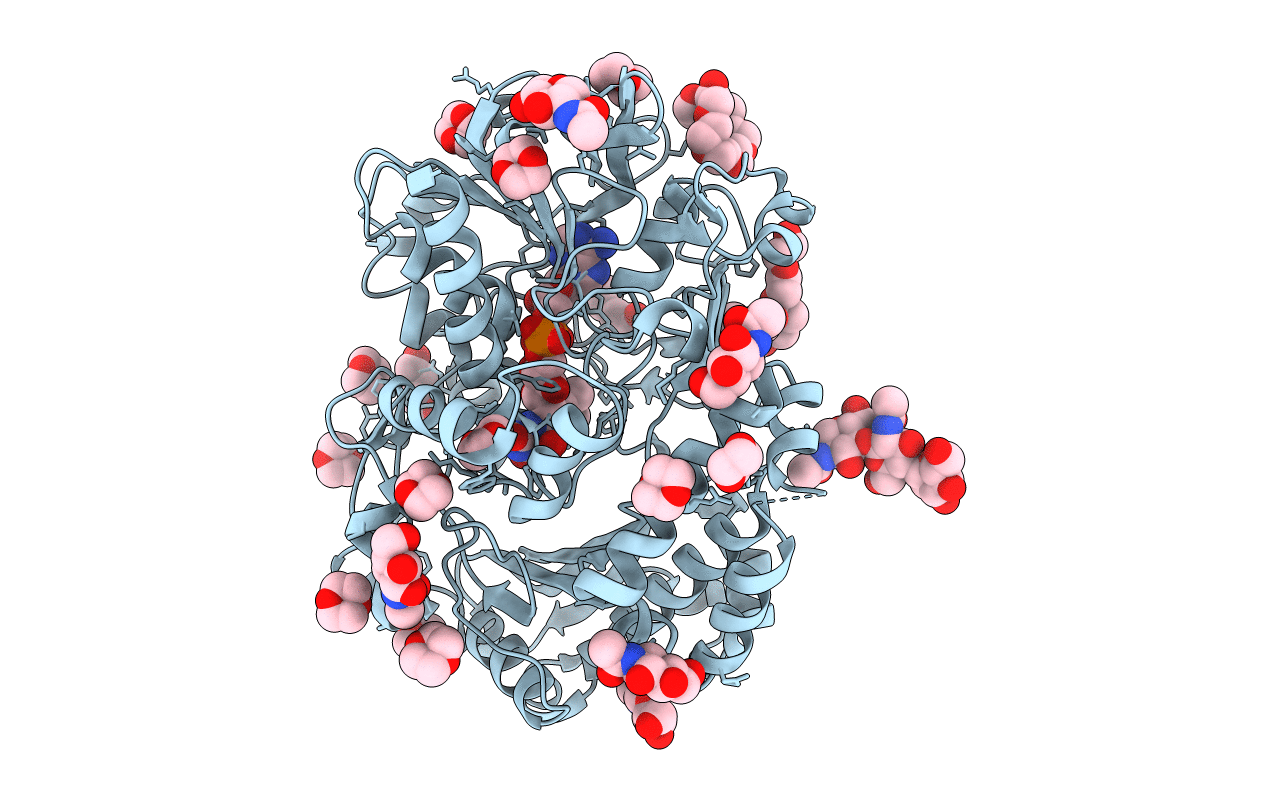
Deposition Date
2017-03-27
Release Date
2017-11-15
Last Version Date
2024-11-20
Method Details:
Experimental Method:
Resolution:
1.80 Å
R-Value Free:
0.19
R-Value Work:
0.15
R-Value Observed:
0.15
Space Group:
P 32 2 1


